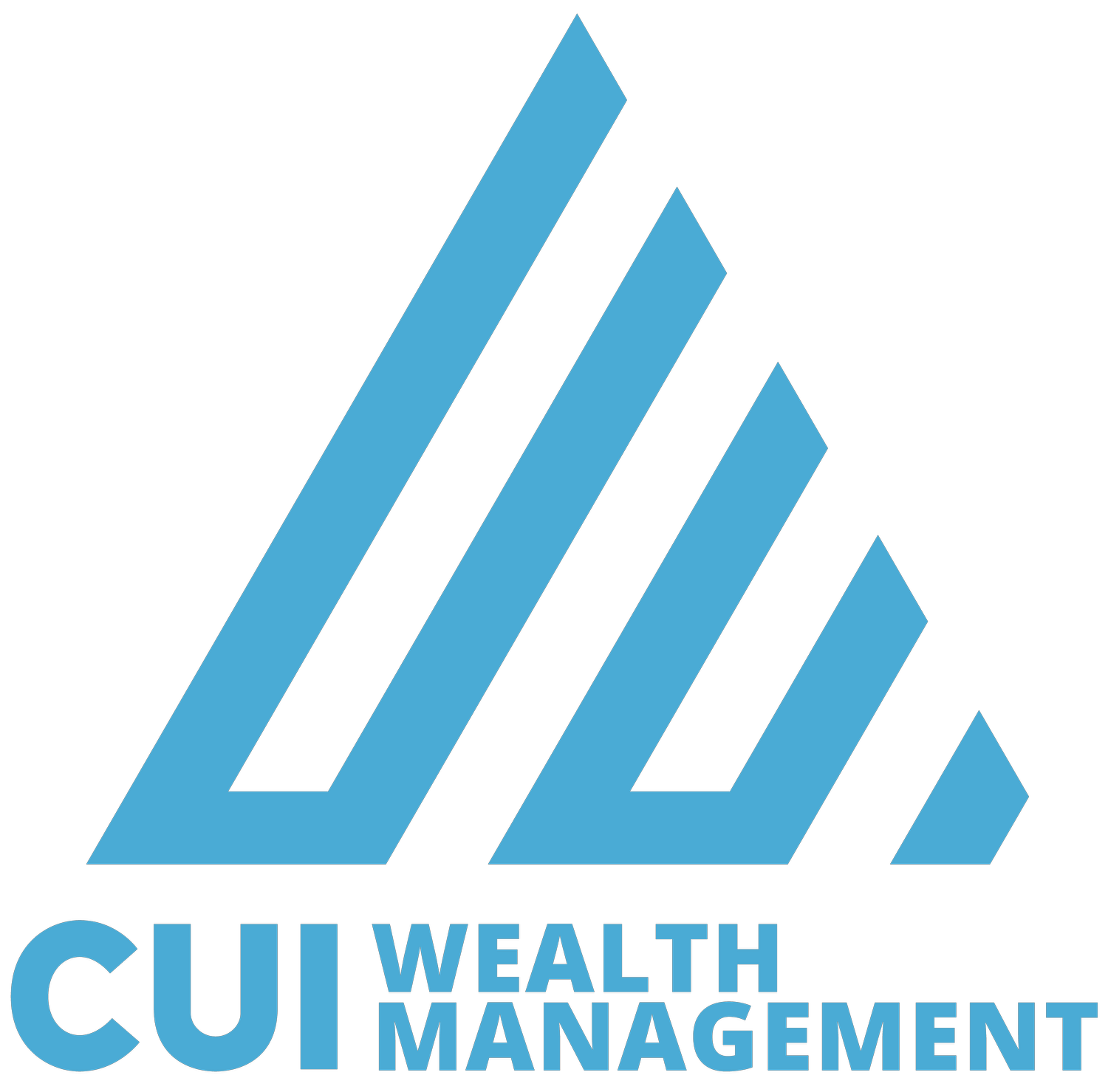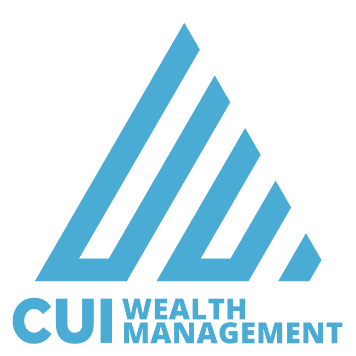What is a Safe Harbor 401(k) Plan?
Why Consider a Safe Harbor Plan?
Is your 401(k) plan a safe harbor plan or not? There are pros and cons to having a safe harbor plan. One of the most significant benefits of safe harbor plans is automatically passing some compliance testing requirements. These benefits can be helpful when you have high-income-earning employees or owners who want to contribute significantly to their accounts. Generally, the owners and high-income earners are most affected by the nondiscrimination testing. Some plans without safe harbor election leave high-income earners and owners receiving contribution refunds.
Generally, traditional safe harbor plans can fall into one of three types:
Basic Safe Harbor Match
Enhanced Safe Harbor Match
Nonelective Safe Harbor Match
Basic Safe Harbor Match
For a basic safe harbor match, the employer matches 100% of the 1st 3% of the employee's contribution and 50% for the next 2%. This match requires employees to have more skin in the game. For example, employees must contribute 5% of their income to get their employer's 4% match.
Enhanced Safe Harbor Match
An enhanced safe harbor match is pretty simple. It's a dollar-for-dollar match up to the 1st 4%. In other words, an employee only needs to contribute 4% to get the full employer match of 4%.
Nonelective Safe Harbor Match
A nonelective match is simply the employer contributing 3% to all eligible employees regardless of their contribution.
Qualified Automatic Contribution Arrangement (QACA)
Another type of safe harbor plan is a QACA plan. In these plans, there is an automatic enrollment feature. These plans fall into two categories.
The company is doing a 1% match on the first 1% and then a 50% match up to 6%. In other words, if an employee contributes 6%, the total matching contribution the employer gives would be 3.5%.
Another way to run a QACA match is with a nonelective 3% contribution regardless of employee deferral.
Unlike a basic or enhanced safe harbor match, QACA structures allow for a vesting schedule. This vesting schedule can be up to a two-year cliff vesting. Remember that the QACA plan structure can be more complicated to administer.
This article scratches the surface of Safe Harbor plans and only goes through some of the benefits and trade-offs these plans offer. Also, remember that there may be restrictions on adopting a safe harbor plan. In addition to all this, certain disclosures must accompany safe harbor plans. In short, if you want to adopt a safe harbor plan, talk to an advisor with 401(k) experience to learn more. We'd love to give you a second option.


